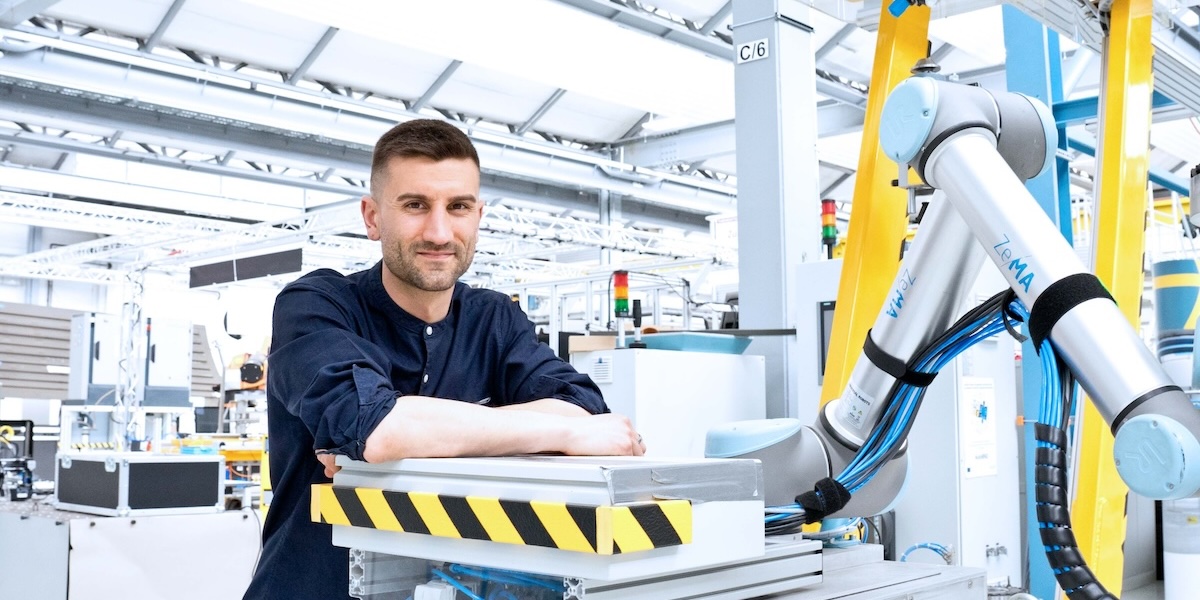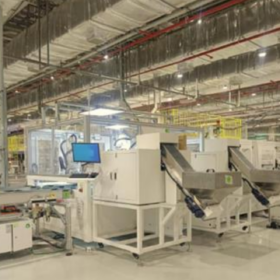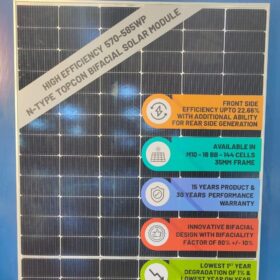From pv magazine Germany
A team from Saarland University in Germany has secured funding from the European Innovation Council (EIC) Pathfinder program to develop elastocalorics heating and cooling technology as an alternative to heat pumps and air conditioning systems.
The €4 million ($4.36 million) EIC Pathfinder Challenge research project aims to develop a prototype for decentralized room air conditioning within three years. According to the research team, the technology is rated by the World Economic Forum (WEF) as one of the “TOP Ten Technologies 2024.” The US Department of Energy and the European Commission have also declared it to be the most promising alternative to conventional heating and cooling.
The solid-state heating and cooling process is based on transporting heat into or out of a room by loading and unloading a so-called shape memory material, for example in the form of wires. The material absorbs heat when it is loaded, for example when it is pulled, and releases it again when the load is removed.
The researchers, led by elastocalorics pioneer Paul Motzki, are using the superelastic nickel-titanium alloy for this purpose. Materials made from this alloy return to their original shape after deformation because they have two crystal lattices and thus two phases. While water, for example, assumes the solid, liquid and gaseous phases, in nickel-titanium both phases are solid but merge into one another.
Motzki, who holds a bridge professorship between Saarland University and the Center for Mechatronics and Automation Technology (ZeMA), is leading a consortium as part of the SMACool project, which is now funded by the EIC. The consortium also includes the universities in Ljubljana and Naples, as well as Irish company Exergyn.
The aim is to jointly develop a prototype of an air conditioning unit for residential buildings. Fresh air will flow in through narrow ventilation slots in the external walls and be heated or cooled as required until the desired temperature for the room behind is reached.
“With our technology, we don’t want to heat and cool houses with a central system, but rather each individual room in a decentralized and individual way,” said Motzki.
The compact unit to be developed could also be installed directly in new buildings with ventilation systems in the future.
With an electrocaloric system, temperature differences of around 20 C can be achieved when cooling and heating. The technology could become an alternative to conventional cooling and heating methods, as it does not require coolants and uses considerably less energy.
“The efficiency of elastocaloric materials is more than ten times higher than today’s air conditioning or heating systems – they will require significantly less electricity,” said Motzki.
Teams in Saarbrücken, Germany, have spent around 15 years researching and developing a technology using thin sheets of nickel-titanium to achieve optimal cooling or heating effects in circulatory systems. This includes creating a cooling and heating demonstrator and a continuously operating refrigerator.
This content is protected by copyright and may not be reused. If you want to cooperate with us and would like to reuse some of our content, please contact: editors@pv-magazine.com.








By submitting this form you agree to pv magazine using your data for the purposes of publishing your comment.
Your personal data will only be disclosed or otherwise transmitted to third parties for the purposes of spam filtering or if this is necessary for technical maintenance of the website. Any other transfer to third parties will not take place unless this is justified on the basis of applicable data protection regulations or if pv magazine is legally obliged to do so.
You may revoke this consent at any time with effect for the future, in which case your personal data will be deleted immediately. Otherwise, your data will be deleted if pv magazine has processed your request or the purpose of data storage is fulfilled.
Further information on data privacy can be found in our Data Protection Policy.